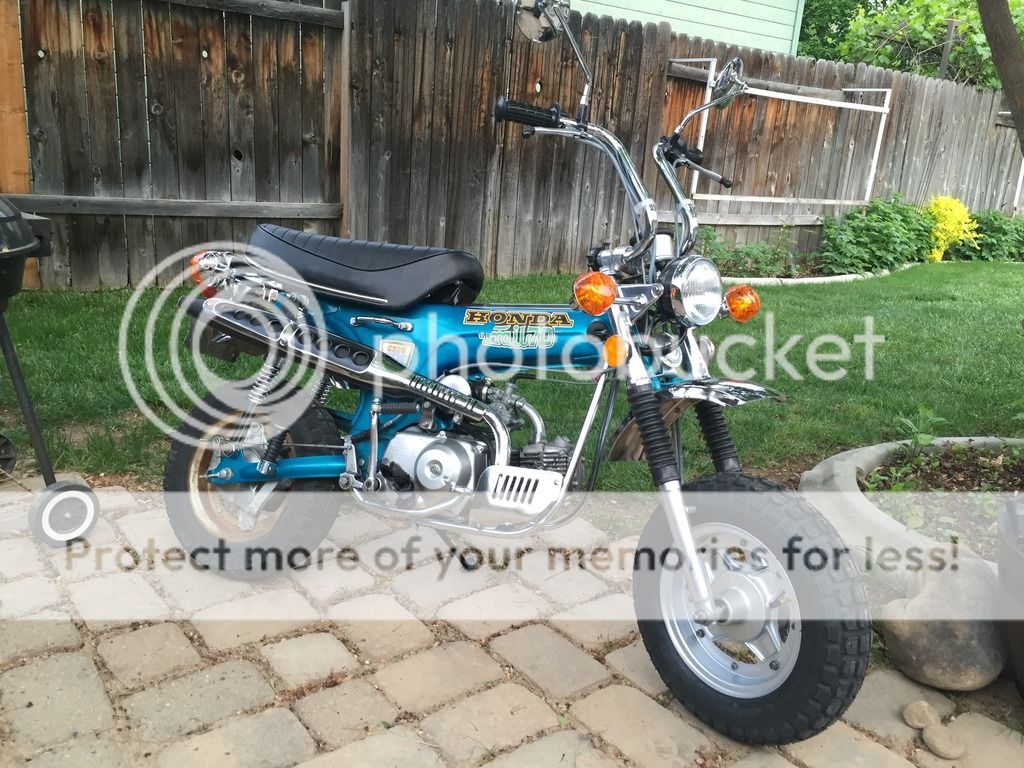So, I recently bought a 1985 Honda CB450SC for my first bike. Right now it tops out at about 35 mph in third gear, but it wasn't running at all when I got it. I intentionally bought a bike that I would need to get my hands into, and knew I was taking a risk buying a bike that wasn't running at the time I bought it (but it sure was cheap though). I'm just hoping I'm not in over my head.
The carbs weren't getting any fuel and did not appear to have a functional vacuum, because the vacuum operated fuel valve would not open when attempting to start the bike. Also, the vacuum piston within the left carb was stuck in its housing, the pilot screws were completely shut, and it was just not assembled correctly overall. I took apart the carbs, gave them a good clean, replaced both of the air cutoff diaphragms (which were torn), cleaned and polished the vacuum pistons (so now they actuate as they should), and reassembled it properly (I'm pretty sure..). I also replaced the stock vacuum fuel valve for a manual one, and capped the vacuum port on the carburetor so it would not leak, as well as cleaned the air filter.
Charged the battery, let some fuel into the carbs, and after a few tries the bike started up.
However, when I ride it, it doesn't seem like there is a lot of torque, and it gets worse each time I move into a higher gear. I can only gain speed in first and second gear. The fastest I can get it to go is 35 mph, and even if I open the throttle as far as it will go in first and second gear, the RPM's and speed of the bike only slowly rise. Then once I shift to 3rd, it just hovers around 5,000 RPM's and 35 mph even with the throttle fully open. If I go to 4th gear, I will just start slowly losing speed and RPM's.
Any ideas as to what is wrong?
The carbs weren't getting any fuel and did not appear to have a functional vacuum, because the vacuum operated fuel valve would not open when attempting to start the bike. Also, the vacuum piston within the left carb was stuck in its housing, the pilot screws were completely shut, and it was just not assembled correctly overall. I took apart the carbs, gave them a good clean, replaced both of the air cutoff diaphragms (which were torn), cleaned and polished the vacuum pistons (so now they actuate as they should), and reassembled it properly (I'm pretty sure..). I also replaced the stock vacuum fuel valve for a manual one, and capped the vacuum port on the carburetor so it would not leak, as well as cleaned the air filter.
Charged the battery, let some fuel into the carbs, and after a few tries the bike started up.
However, when I ride it, it doesn't seem like there is a lot of torque, and it gets worse each time I move into a higher gear. I can only gain speed in first and second gear. The fastest I can get it to go is 35 mph, and even if I open the throttle as far as it will go in first and second gear, the RPM's and speed of the bike only slowly rise. Then once I shift to 3rd, it just hovers around 5,000 RPM's and 35 mph even with the throttle fully open. If I go to 4th gear, I will just start slowly losing speed and RPM's.
Any ideas as to what is wrong?





